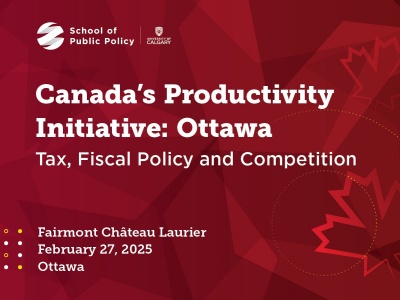Calgary’s arena deal raises difficult questions for the city

For the better part of five years, Calgary and the Flames danced around plans to build a new arena with help from the public purse. Now, after plans for a $290-million public contribution were released late on Monday, city councillors have only days to decide.
There are difficult questions we should be asking, and complex tradeoffs to consider. Our city is not making it easy.
Key questions remain, and important details unclear. Consider the land options the city included in the deal. The Flames may buy certain lands in the Rivers District in the future, but at today’s prices. Land prices in a growing area of Calgary will easily be worth more than today’s recessionary levels. Fair enough to contribute value in this way, but it’s a multimillion-dollar option whose costs are unknown.
The benefits of the arena are also unclear. The city claims around $400 million over the next 35 years. Does that mean benefits exceed the $290-million cost? No.
A dollar today is worth more than a dollar tomorrow, and much more than a dollar in 35 years. Stunningly, the city neglects this basic fact. And it matters. A lot. If someone offered to pay you $100 in 35 years in exchange for $90 today, you’d be foolish to take it. Better to keep the $90, invest it, and grow it to well above $100 in 35 years. This is as true of a city as it is for us. By ignoring the “time value of money” in its $400-million claim, the city is, at best, making an embarrassing mistake or, at worst, grossly misleading the public.
Of course, financial returns are only one of many considerations. Three broader arguments are particularly common: first, a new arena will promote much needed economic growth downtown; second, it is essential to revitalize the Rivers District; and, third, it brings intangible public benefits. There’s evidence on each of these.
First, as summarized in a recent piece by Brad Humphreys — an expert on the economics and financing of professional sport — there is broad consensus that neither the construction nor operation of professional sports facilities are important engines of economic growth. This does not mean that the impact is zero, just smaller than typical economic impact studies suggest.
Second, another expert on the subject, Victor Matheson, finds that modern arena construction to revitalize one localized area — in Calgary’s case, the Rivers District — displaces economic activity elsewhere. Simply put, the arena shifts activity from one area of the city to another. There may be reasons to favour such a shift, but that justification may be bittersweet to those businesses that lose out under this policy.
Third, as noted by Mayor Naheed Nenshi in his public comments, the arena could bring broader intangible benefits to the city, like civic pride, excitement, and so on. While Toronto Maple Leafs fans may not be familiar with these benefits, all of Canada was recently caught up in Jurassic Park fever as the Toronto Raptors won the NBA finals. This is where the scholarly literature is in agreement. Matheson summarizes the research attempting to quantify this and finds intangible benefits indeed exist but are typically small.
But whatever the aggregate benefits of the deal, we must weigh them against other priorities. And Calgary’s municipal budget is highly constrained.
With downtown property values low, the city lost significant tax revenues from there. Attempts to make up the shortfall with higher levies on businesses elsewhere led to significant pushback, so council decided last month to cut $60 million from overall spending and pass those savings to business.
The cuts will be difficult, and arena funding makes them more so. For context, the $290-million arena contribution is roughly equivalent to $12 million per year. That’s nearly one-fifth of the spending cuts or, to put it starkly, equal to the entire proposed cut to the fire department, 911 services, libraries and sidewalk maintenance combined. Of course, there are other options to fund the arena, such as raising residential property taxes by roughly $20-25 per year for the average homeowner. But regardless of how it’s done, there are unavoidable trade-offs that council is not making clear.
The coming days are important for Calgary, and there is much to consider. Different people will view the arena differently, but we must weigh the evidence and consider the tradeoffs. A decision only days after details come to light is just not good enough.
If something is worth doing, it’s worth doing right.
Lindsay Tedds is an associate professor and scientific director of fiscal and economic policy at the School of Public Policy, University of Calgary; Trevor Tombe is an associate professor and research fellow at the School of Public Policy.
Source: Calgary Herald


